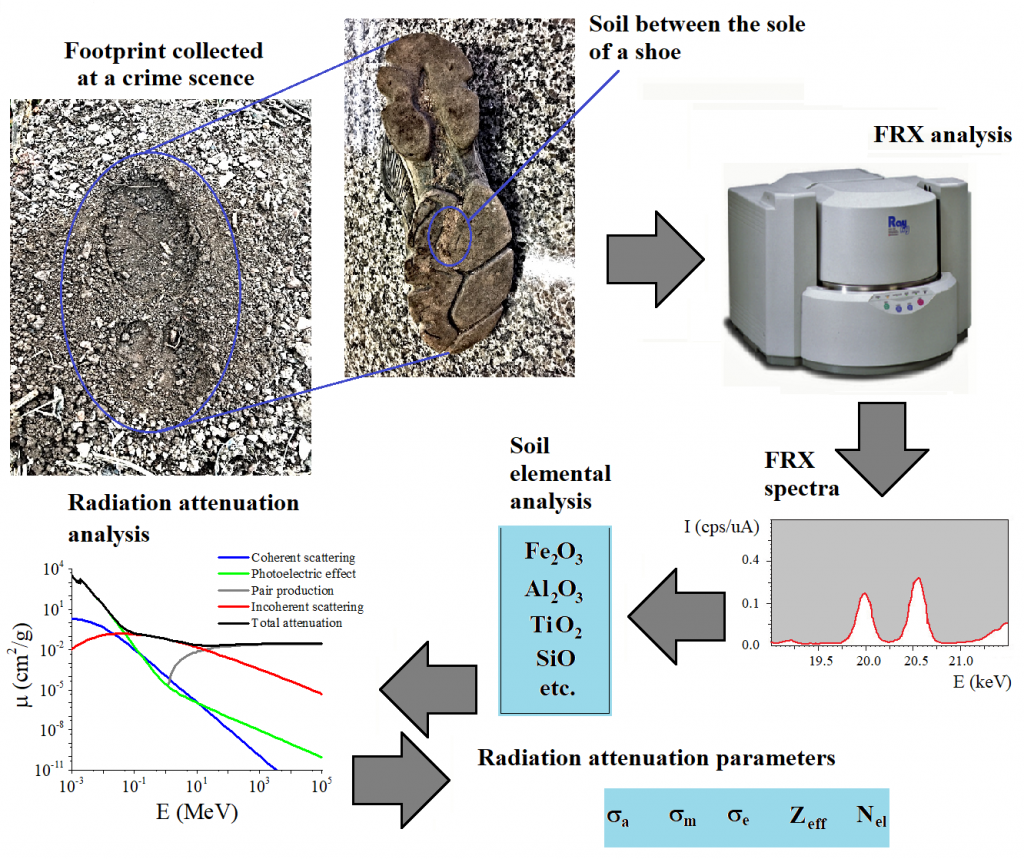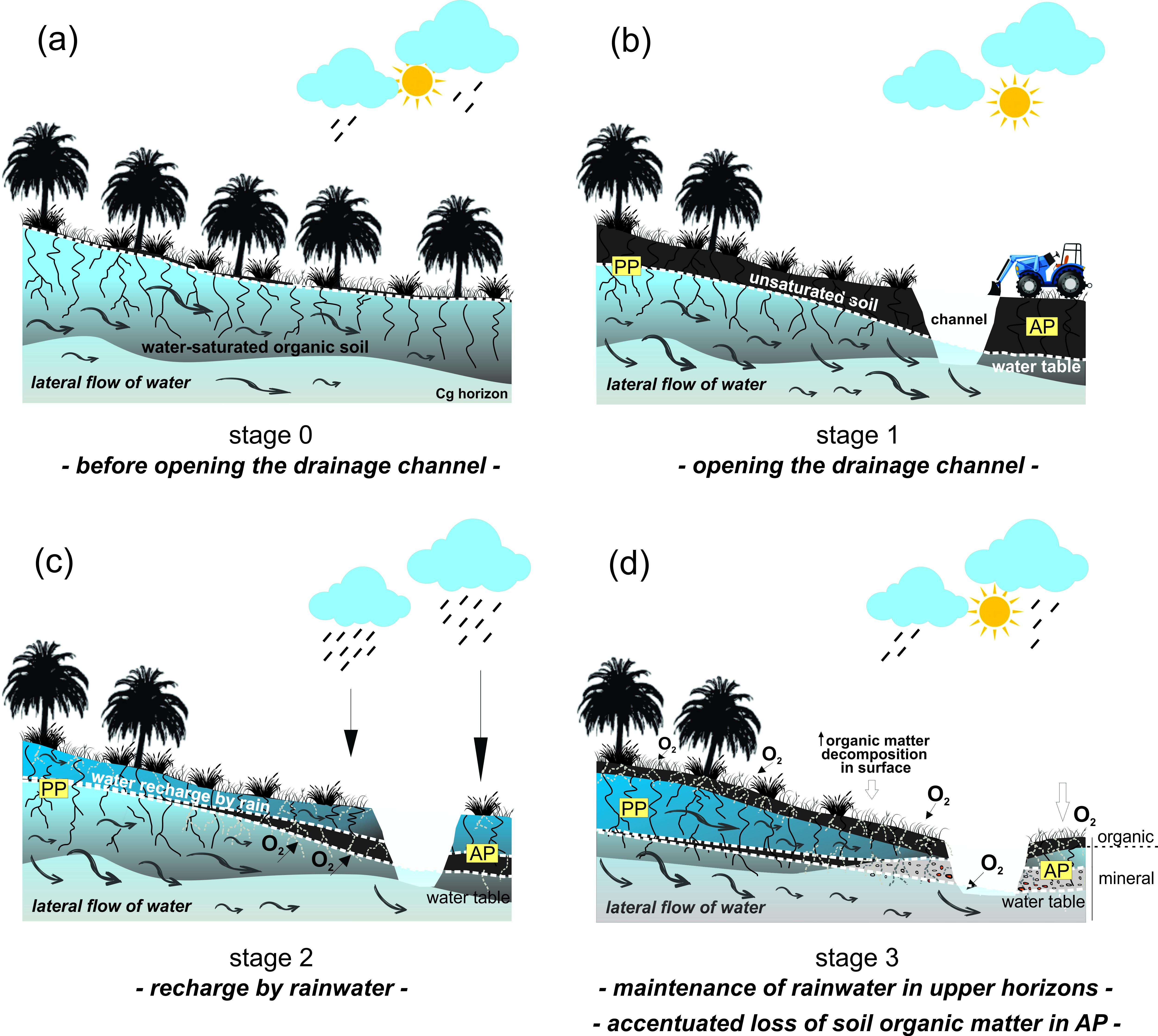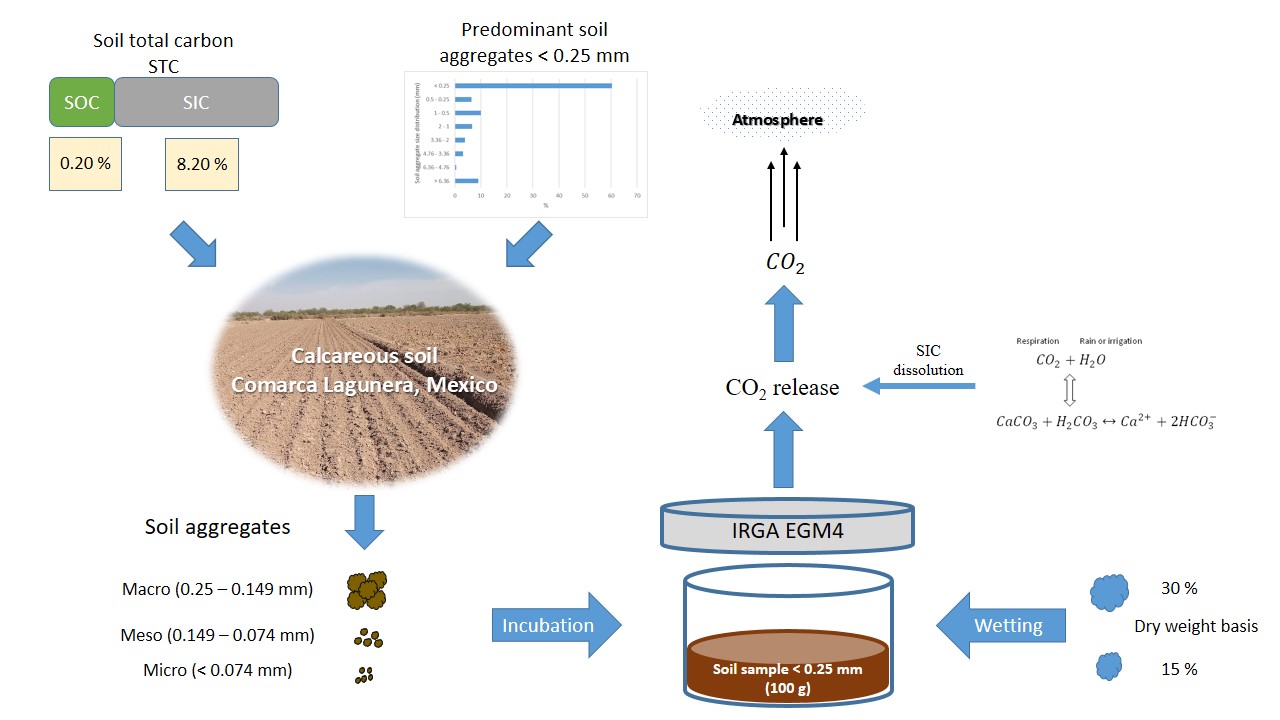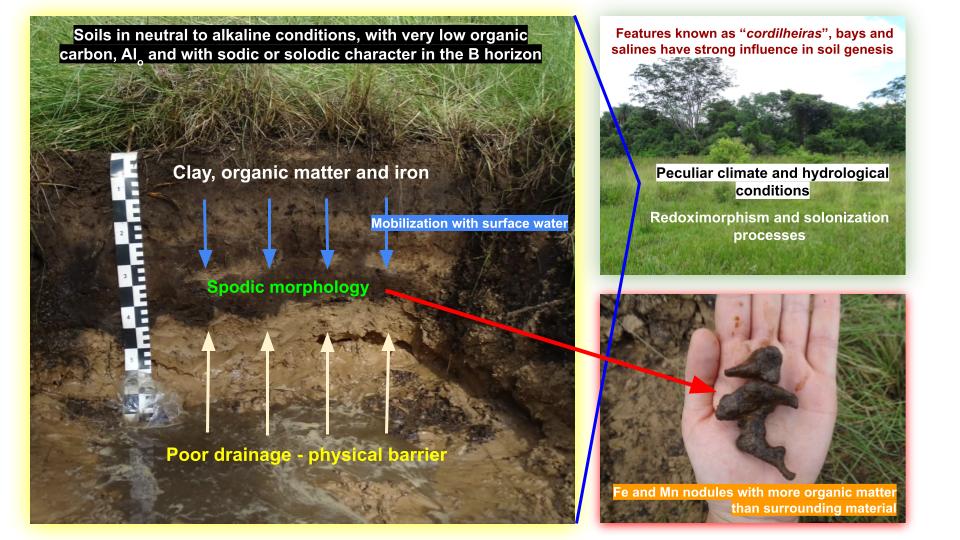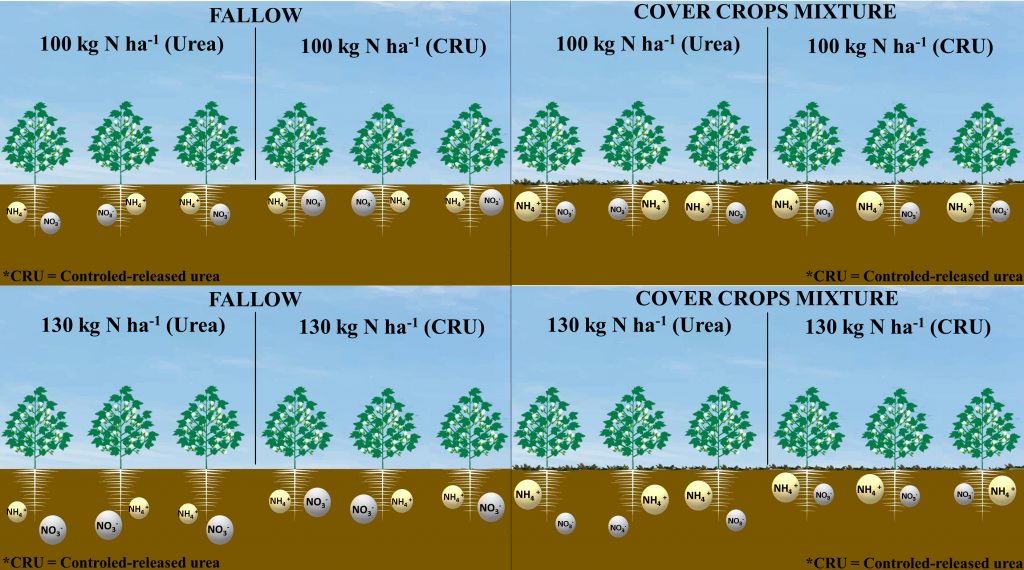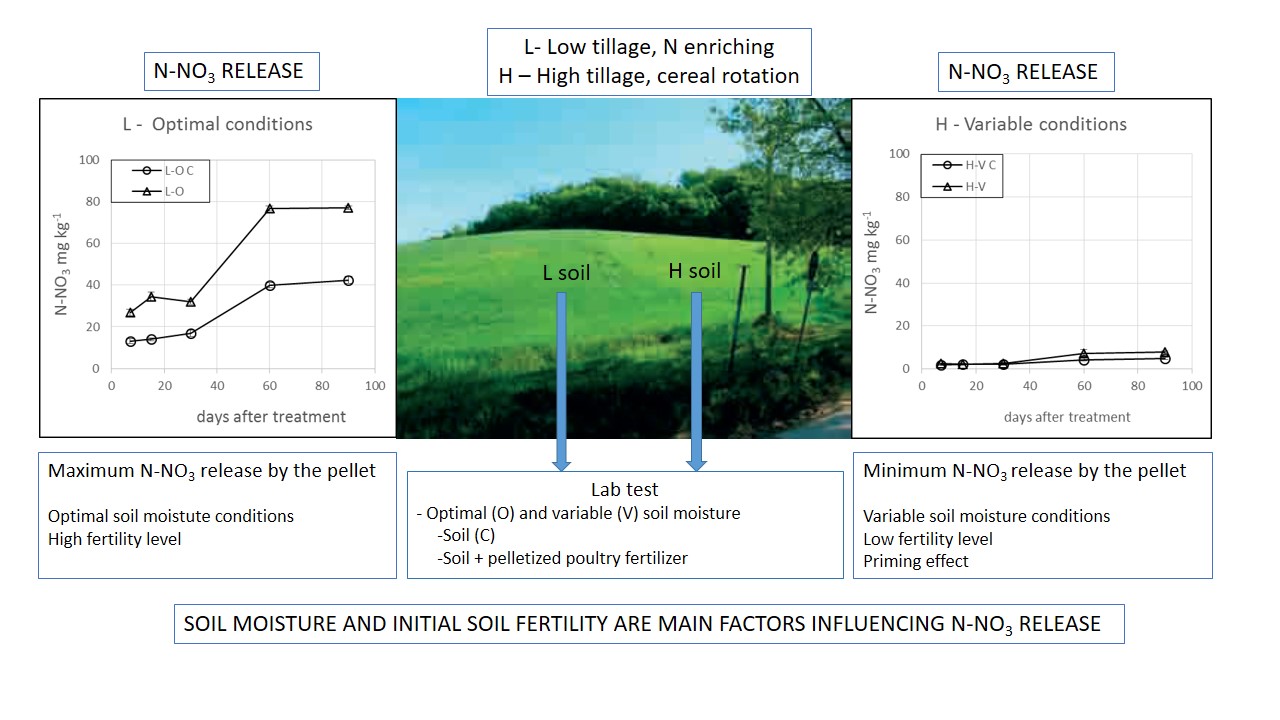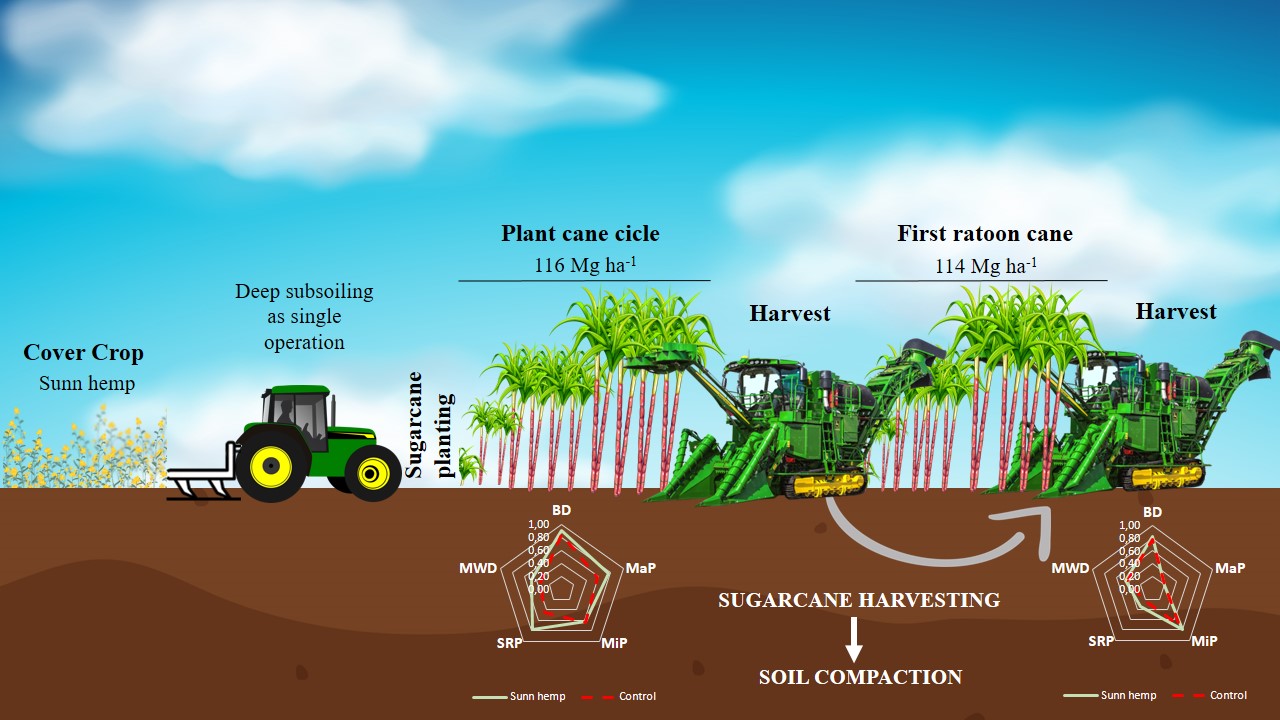A novel approach based on X-ray fluorescence and photon attenuation to the analysis of soils for forensic investigation
06/Apr/2022
ABSTRACT Use of soil in forensic science is related to its several chemical, physical, and biological properties associated with its capacity to adhere to different materials and surfaces. Forensic soil experts and police investigators have been using soil samples as an aid in criminal investigations. Soils can act as fingerprints because they present contrasting physical, chemical, biological, and mineralogical properties. However, depending on the analytical tools utilized to characterize the soil, differentiating the samples when they have similar properties might […]
Soil characterization and drainage effects in a savanna palm swamp (vereda) of an agricultural area from Central Brazil
21/Mar/2022
ABSTRACT Brazilian palm swamps (veredas) are fundamentals in the hydrological balance of watercourses in the Brazilian savanna (Cerrado). The “sponge effect” of their soils is the main factor controlling local hydrology, storing rainwater, and functioning as headwaters. The restricted knowledge of these tropical ecosystems has led to increased losses, poor preservation, and reduction in their ecosystem services. Veredas have become refuges surrounded by croplands, often drained and inappropriately managed. This study shows the impacts of anthropization on soil processes and […]
CO2 emission affected by moisture content and aggregate sizes in a calcareous soil of Comarca Lagunera, Mexico
14/Mar/2022
ABSTRACT Soil CO2 emissions are formed from biotic and abiotic processes related to organic carbon (SOC) and inorganic carbon (SIC), respectively. Calcareous soil has a high amount of SIC and occurs mainly in arid areas, and little is known about CO2 emissions from aggregates of this soil. This study aims to evaluate the emission of CO2 of aggregates from calcareous soil in the Comarca Lagunera, Mexico. Soil samples were taken from the layers of 0.00-0.15 and 0.15-0.30 m, and soil […]
Soils with dark subsurface horizons in saline basins in the Brazilian Pantanal
04/Mar/2022
ABSTRACT Soils in the Brazilian Pantanal classified as Espodossolos and registered in the literature diverge from the central concept of pedogenesis by podzolization, especially due to the high values of pH and basic cations, although the morphology is similar to that of spodic horizons. In this sense, this study hypothesized that the neutral to alkaline conditions along the edges of the saline basins in the Lower Nhecolândia region do not inhibit the podzolization process nor the development of spodic soils. […]
Effects of Meloidogyne incognita on the fungal community in tobacco rhizosphere
04/Mar/2022
ABSTRACT The often widespread and serious Root-Knot Nematode (RKN) disease is an important soil-borne disease affecting tobacco production. This study aimed to understand micro-ecological changes caused by RKN disease and interactions between disease and rhizosphere soil fungal communities. The 18S rRNA gene sequencing was used to study changes in rhizosphere fungal community of tobacco plants having RKN disease. In June 2018, a paired comparison was performed between rhizosphere fungal community structures of healthy tobacco plants and those with RKN disease […]
Best tillage practices for eucalyptus growth and productivity: A review on the Brazilian experience
02/Feb/2022
ABSTRACT Commercial eucalyptus forestry has significantly increased in the last decades to supply the growing demand for forest goods (pulp, paper, sawmill, by-product industries, and biomass for bioenergy and biofuels). Among factors most influencing forest productivity, the soil physical environment is very important and can be harmful or beneficial to trees. In the effort to increase environmental and economic sustainability of commercial plantations, in this literature review, we summarize relationships between soil type and properties, forest rotation, and forest growth […]
Cover crops and controlled-release urea decrease nitrogen mobility and improve nitrogen stock in a tropical sandy soil with cotton cultivation
02/Feb/2022
ABSTRACT Sandy soil often has low nitrogen (N) stock. Thus, crops grown in sandy soil rely on high levels of N fertilization. The use of cover crops and efficient fertilizers can increase N stock in the soil and N availability in the topsoil, and reduce overall fertilizer costs. The objective of this study was to evaluate the effects of cover crops (fallow, a single grass species (ruzigrass), two grass species (ruzigrass + millet), one grass species (millet) with legumes [lime-yellow […]
Rainfall erosivity estimation: Comparison and statistical assessment among methods using data from Southeastern Brazil
02/Feb/2022
ABSTRACT Rainfall erosivity (R factor) is one of the six factors of the Universal Soil Loss Equation, being calculated based on the product of rainfall kinetic energy multiplied by its 30-minute maximum intensity. However, the lack of detailed and reliable rainfall data in many parts of the world has driven the use of other methods to estimate rainfall erosivity based on daily, monthly or annual data. These methods still need to be assessed to determine if their estimates are consistent […]
Nitrogen release from pelletized poultry fertilizer in two soils: influence of soil moisture and microbial biomass
28/Jan/2022
ABSTRACT Nitrogen release from organic amendments, e.g., from organic agriculture, is a key process to raise soil fertility to sustain crop production in low environmental impact agroecosystems. This study aimed to investigate nitrogen release from a pelletized organic amendment containing poultry litter, guano and pot ale applied to soil from a field under two different management systems: an alfalfa-based crop rotation, enriched with N by the legume, under low-intensity tillage and a cereal-sunflower crop rotation under high-intensity tillage. Both sample […]
Soil physical change and sugarcane stalk yield induced by cover crop and soil tillage
28/Jan/2022
ABSTRACT Conventional tillage and intensive machinery traffic are the major causes of physical soil degradation in sugarcane fields. This study evaluates the impact of adopting conservation management practices during sugarcane planting on soil physical properties and stalk yield of sugarcane in the municipality of Ibitinga, state of São Paulo, Brazil. The experimental design (split-block) included four cover crops and three soil tillage systems, with three repetitions. For comparison purposes, a control treatment was also included (without cover crop and under […]

